A World Nomad's Guide to Puerto Vallarta, Mexico
From heading to a hidden beach on Islas Marietas to hitting a zipline or an art walk, a nomad shares their tips for your trip to Puerto Vallarta.
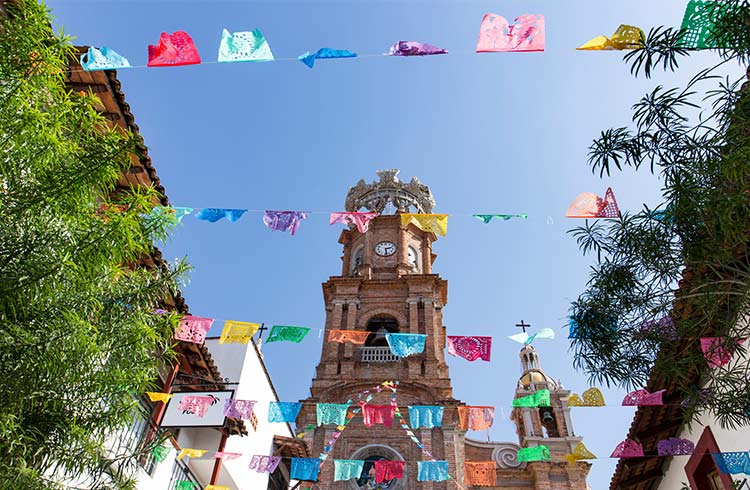 Photo © Getty Images/Daisuke Kishi
Photo © Getty Images/Daisuke Kishi
Puerto Vallarta, the small resort town on the west coast of Mexico, is flanked by incredible beaches and has a unique culture, so there are no surprises this is one of the most popular destinations in Mexico. But, how can you see and do things a little differently?
- Old Town Puerto Vallarta
- New Town Puerto Vallarta
- Puerto Vallarta Art Walk
- Puerto Vallarta Ziplining
- Whale Watching
- Sea Turtles
- Islas Marietas
Old Town Puerto Vallarta
The original settlement, Old Town is locally known as Viejo Vallarta or Zona Romántica (Romantic Zone). On the south side, New Town is referred to as Nuevo Vallarta or the Hotel Zone and is home to large hotels and resort towers.
Explore Old Town for a more authentic local vibe, classic Mexican architecture, and some of the best local food. There are a number of interesting sites to see in a small area and that can easily be walked to. Quirky boutique hostels are all over the place, offering cheap social accommodation for backpackers.
Beach access here is limited, and the beaches that are nearby are unfortunately crowded. Busier parts of Old Town are noisy at night, and you can expect it to stay that way until early hours of the morning. The area is by no means dangerous, but there's more reported crime here due to travelers staying out later into the night, often under the influence.
New Town Puerto Vallarta
Modern hotels offer larger rooms, swimming pools, and direct access to relatively less-crowded beaches.
Hostels in the area will have a better safety rating, often with onsite security and large gates out the front.
High-rise hotels strip Puerto Vallarta of the old-world charm that makes this place a special destination. Beyond the beach itself, there's not much to see and do in New Town, unless you like looking inside expensive hotel lobbies. The money spent on taxis and time spent on buses getting to and from points of interest in Old Town will add up.
If you’re looking for a place to relax by the pool or on the beach, New Town is for you. If an action-packed itinerary of restaurants, bars, Mexican culture and history sound good to you, pick a hostel in Old Town.
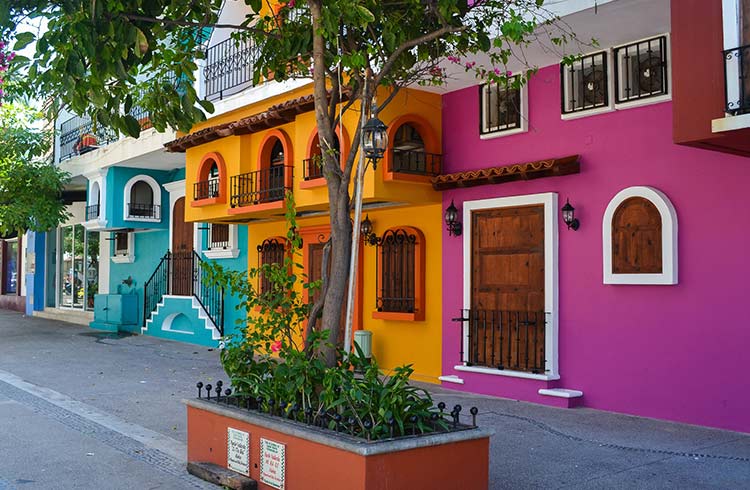
Puerto Vallarta Art Walk
Fun fact: Puerto Vallarta is one of the best places in Mexico to see traditional art.
If you're lucky enough to arrive sometime between Día de los Muertos (early November) and mid-Spring (April-May), you’ll be visiting in time to experience its world-famous weekly Art Walk events held Wednesdays between six and 10pm. The exact dates change each year, but stay up to date by checking the website.
During this time, Puerto Vallarta’s most prominent Old Town art galleries are open to visitors, and the artists are there, too. Wine, cocktails, and light appetizers will keep your bellies full as you learn about the displays. Artworks are not for sale during the event – it’s just an opportunity to get out and meet like-minded creatives.
Galleries featured during the Art Walk display an incredibly wide range of mediums and styles. Many are featured annually, but the participating galleries changes from year to year.
You can print a map from their website, or pick one up at any participating gallery.
Puerto Vallarta ziplining
Hop into a harness and attach yourself to a zipline cable. When the instructor says 'go', leap off the platform to start zooming through the tree tops. If you're looking for an adrenaline-pumping adventure, there are a number of zipline tour operators competing for customers in the Puerto Vallarta area, and all of these are high quality. To find the ziplining course that's right for you, consider the following questions:
- What is the size of your group? If you’re flying solo or if it’s you and a few friends, there will be others in your ziplining group. If you're traveling in a large group, consider calling ahead to book a private afternoon for just you and your friends.
- Want to do more than ziplining? Some ziplining courses feature nothing but the cables themselves, while others are part of a larger set of activities. Extreme Zip Line Adventure by Vallarta Adventures offers extra activities including off-roading, waterslides, and swinging bridges. All activities are optional.
- How will you get to the course? Most reputable zipline operators offer transport to and from their courses as part of the tour package. If the tour operator you've spopke to doesn't offer this feature, try searching elsewhere.
- What time will you be ziplining? The time of day can potentially affect your ziplining experience. For example, during rainy season (June–October), booking a zipline tour in the late morning or early afternoon isn't the best idea.
Start your search for reputable tour operators by checking these out Vallarta Adventures, Los Veranos Canopy Tour, and Canopy River.
Read your travel insurance policy carefully to be sure you're covered for these activities.
Whale watching
From mid-December–March, whale watching off the coast of Puerto Vallarta offers some of the best opportunities in the world to see these incredible creatures.
Recognizing the importance of whale watching for the local economy and the responsibility to protect these marine mammals, the Mexican government has imposed some of the world's strictest laws around protecting whales. These laws are strictly enforced in Puerto Vallarta, and from December 8 to March 23 each year, whales cannot be approached without proper training and licenses. This protects mother whales and their young, helping to ensure their return to the Bahía de Banderas in the process.
If you’re planning to book a whale-watching tour, here are two considerations:
- Does your whale-watching tour offer a guarantee? Puerto Vallarta is one of the world’s best places to go whale watching, so many tour operators offer a full money-back guarantee for tours where no whales are spotted.
- Is your whale-watching tour company involved in conservation efforts? Many local whale-watching companies donate a portion of their profits to whale conservation efforts, or are involved in protecting the environment in some way.
Sea turtles
The sea turtle – or more specifically, the olive ridley sea turtle – is another creature that has historically relied on the Bahía de Banderas as an important breeding ground. Each year (June–December), the turtles flock to the beaches of Puerto Vallarta to lay their eggs.
Two specific attributes help to make this phenomenon so phenomenal. Firstly, olive ridley sea turtles participate in synchronized nesting in mass numbers. Mass arrivals occur between two and seven times each breeding season, but there’s no foolproof way to predict exactly when. Secondly, mother turtles return to their own birthplaces to lay their eggs.
As sea turtle numbers continue to drop around the world, the government, people, and businesses in Puerto Vallarta have come together to do what they can to support the continued success of the local sea turtle population. Unfortunately, when humans relocate eggs to hatcheries, human error and a lack of knowledge imposes on nature's course. Hatching success rates are often lower whenever eggs are relocated, and the incentive for a community to address the problems are eliminated when everyone starts to feel like the problem is solved by a hatchery.
When hotels offer opportunities for travelers to “help”, it’s more often than not a money-making venture. Tourists pay to release the turtles or the resorts simply use the activity to draw people to their hotels. The turtles’ wellbeing is often ignored.
World Nomads is against any activity where the wellbeing of animals doesn’t come first. So consider these things before you book in for a tour that offers these activities.
Puerto Vallarta's hidden beach on Islas Marietas
It’s one of the most picturesque beaches on earth, secluded in a crater at the center of an uninhabited tropical island. Playa del Amor is 20 nautical miles west-northwest of Puerto Vallarta in the small Islas Marietas group of islands. While we all hope this was some of nature's best work, some say the beach was created in the 1990s by a Mexican military bomb test. Others claim it’s the result of natural processes.
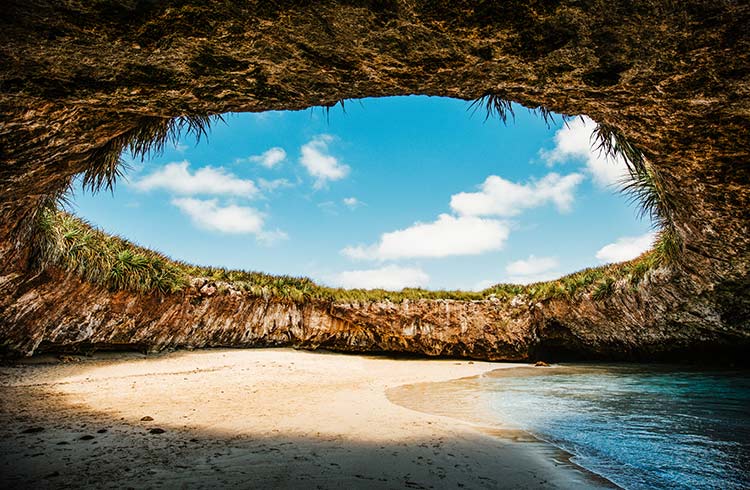
There are only two ways to access Playa del Amor; one is by privately-chartered helicopter, which has been granted special permission from the Mexican government. The second (far cheaper) option is to travel by boat, and then swim 250ft (75m) through a cave tunnel – which is only accessible at low tide. It’s not a particularly difficult swim, but the tunnel can leave some feeling a tad claustrophobic.
If you're not up for the swim through the cave, you'll still see colonies of blue-footed boobies (birds, in case you aren't aware) and tropical fish while snorkeling around the islands.
As this is a protected natural area, always choose an official tour operator. Only licensed boats are allowed to visit the islands, but this unfortunately doesn’t stop some enterprising locals from offering dodgy tours. Saving a few pesos certainly isn't worth it if you get caught and sent back to shore. Plus, licensed operators abide by environmental regulations, some of which rogue operators will ignore.
Related articles
Simple and flexible travel insurance
You can buy at home or while traveling, and claim online from anywhere in the world. With 150+ adventure activities covered and 24/7 emergency assistance.
Get a quote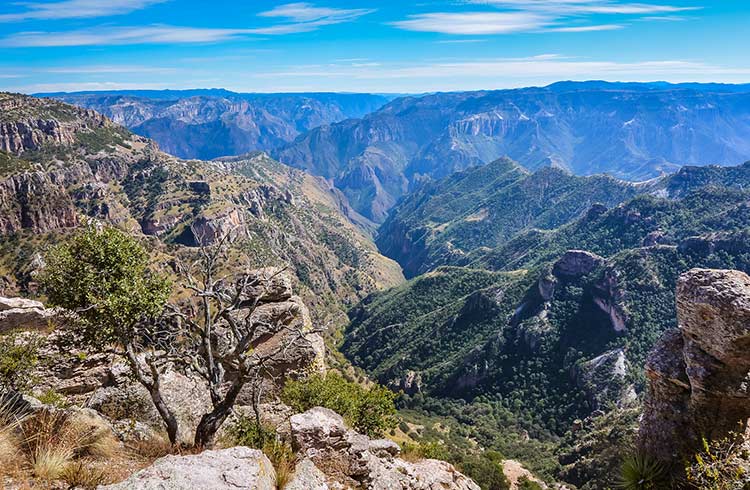
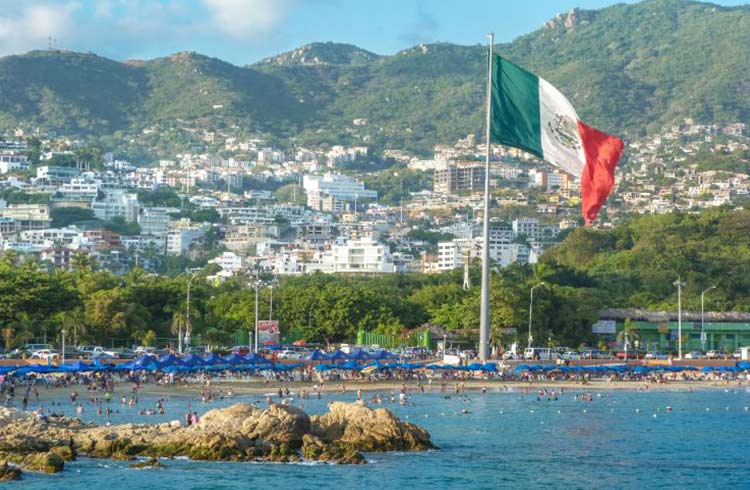
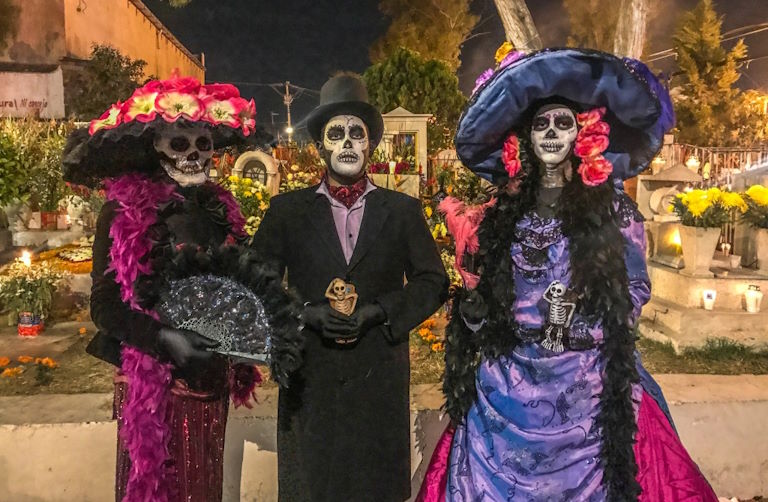
No Comments